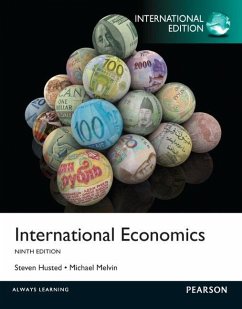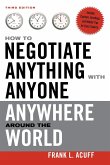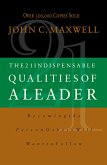For students taking a course in International Economics.
Capture students’ attention with the issues and real data of today’s most recent policy controversies.
International Economics is an accessible, comprehensive and relevant guide for studying international economics. Using real data and issues that motivate theoretical discussions, this text captures students’ attention and equips them with a practical understanding of major policy questions. Features + Benefits
International Economics in Today’s World.
Understanding international economics has never been more important. Due to the current economic crisis, several leading countries have launched ambitious spending and tax policies in order to moderate the economic effects. International Economics takes this into consideration and covers current global developments in depth and in a way that is understandable to students just beginning their economic study.
Accessible to Majors or Non-majors alike.
This text is not mathematically overpowering, increasing its accessibility to a wider range of students.. The more difficult extensions are relegated to appendixes and, as extra aid for difficult problems, a study guide is available to accompany the book.
Helpful learning aids incorporated throughout the text:
• A marginal glossary defines new concepts.
• Global insights and case studies boxes present “real-world” counterparts to the ideas being developed in the main text.
• A set of exercises at the end of each chapter provide extended practice.
• Real world examples are extensively incorporated into the text, giving students a feel for how the information they’re learning applies in context.
• The most up-to-date statistics available appear in tables throughout. Chapter 1: An Introduction to International Trade
Chapter 2: Tools of Analysis for International Trade Models
Chapter 3: The Classical Model of International Trade
Chapter 4: The Heckscher-Ohlin Model
Chapter 5: Tests of Trade Models: the Leontief Paradox and Its Aftermath
Chapter 6: Tariffs
Chapter 7: Nontariff Barriers and Arguments for Protection
Chapter 8: Commercial Policy: History and Practice
Chapter 9: Preferential Trade Agreements
Chapter 10: International Trade and Economic Growth
Chapter 11: The Balance of Payments
Chapter 12: The Foreign Exchange Market
Chapter 13: International Monetary Systems
Chapter 14: Exchange Rates in the Short Run
Chapter 15: Exchange Rates in the Long Run
Chapter 16: Theories of the Current Account Balance
Chapter 17: Open Economy Macroeconomics
Chapter 18: International Banking, Debt and Risk
Capture students’ attention with the issues and real data of today’s most recent policy controversies.
International Economics is an accessible, comprehensive and relevant guide for studying international economics. Using real data and issues that motivate theoretical discussions, this text captures students’ attention and equips them with a practical understanding of major policy questions. Features + Benefits
International Economics in Today’s World.
Understanding international economics has never been more important. Due to the current economic crisis, several leading countries have launched ambitious spending and tax policies in order to moderate the economic effects. International Economics takes this into consideration and covers current global developments in depth and in a way that is understandable to students just beginning their economic study.
Accessible to Majors or Non-majors alike.
This text is not mathematically overpowering, increasing its accessibility to a wider range of students.. The more difficult extensions are relegated to appendixes and, as extra aid for difficult problems, a study guide is available to accompany the book.
Helpful learning aids incorporated throughout the text:
• A marginal glossary defines new concepts.
• Global insights and case studies boxes present “real-world” counterparts to the ideas being developed in the main text.
• A set of exercises at the end of each chapter provide extended practice.
• Real world examples are extensively incorporated into the text, giving students a feel for how the information they’re learning applies in context.
• The most up-to-date statistics available appear in tables throughout. Chapter 1: An Introduction to International Trade
Chapter 2: Tools of Analysis for International Trade Models
Chapter 3: The Classical Model of International Trade
Chapter 4: The Heckscher-Ohlin Model
Chapter 5: Tests of Trade Models: the Leontief Paradox and Its Aftermath
Chapter 6: Tariffs
Chapter 7: Nontariff Barriers and Arguments for Protection
Chapter 8: Commercial Policy: History and Practice
Chapter 9: Preferential Trade Agreements
Chapter 10: International Trade and Economic Growth
Chapter 11: The Balance of Payments
Chapter 12: The Foreign Exchange Market
Chapter 13: International Monetary Systems
Chapter 14: Exchange Rates in the Short Run
Chapter 15: Exchange Rates in the Long Run
Chapter 16: Theories of the Current Account Balance
Chapter 17: Open Economy Macroeconomics
Chapter 18: International Banking, Debt and Risk








